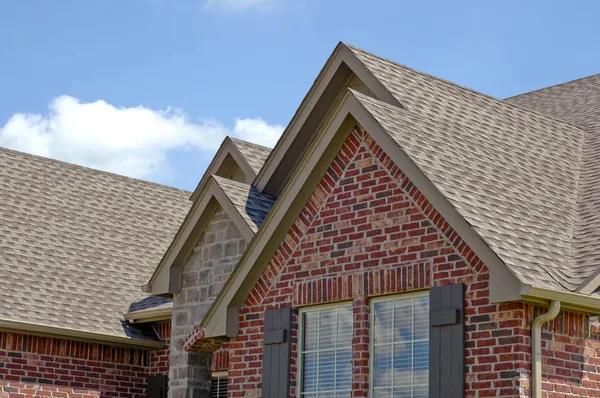Determining whether to repair or replace your roof after it sustains damage is a crucial decision for homeowners. Your roof serves as the first line of defense against weather elements, and its condition directly impacts the safety, comfort, and value of your home. Recognizing key signs that indicate the need for immediate action can help you make an informed choice.
One of the most obvious indicators is visible damage to shingles. Cracked, curled, or missing shingles expose your roof to water infiltration and other environmental threats. If only a small portion of shingles are affected, repairs may suffice; however, widespread damage often signals the need visit for more insights a complete replacement. Similarly, granule loss on asphalt shingles—evident from bare spots or accumulated granules in gutters—is another sign that your roofing material may be nearing the end of its lifespan.
Leaks inside your home are another red flag that should never be ignored. Water stains on ceilings or walls typically point to compromised areas in your roof’s structure. While minor leaks might be addressed with targeted repairs, persistent moisture problems could indicate underlying issues like rotting wood or deteriorated underlayment that necessitate replacement.
Age also plays a significant role in determining whether to repair or replace your roof. Most roofs have a finite lifespan depending on their material—20-30 years for asphalt shingles and up to 50 years for metal roofs. If your roof is approaching or has exceeded its expected lifespan, even minor damages might justify replacing it entirely rather than investing in temporary fixes.
Sagging sections of your roof signal structural concerns that demand immediate attention. A sagging appearance could result from water accumulation due to poor drainage systems or weakened support beams caused by prolonged exposure to moisture. In such cases, replacing the entire structure ensures long-term stability and prevents further complications.
Finally, consider energy efficiency when evaluating roofing options after damage occurs. Older roofs often lack proper insulation and ventilation systems required for optimal energy performance today’s standards demand—a factor worth considering if high utility bills accompany existing wear-and-tear issues.

